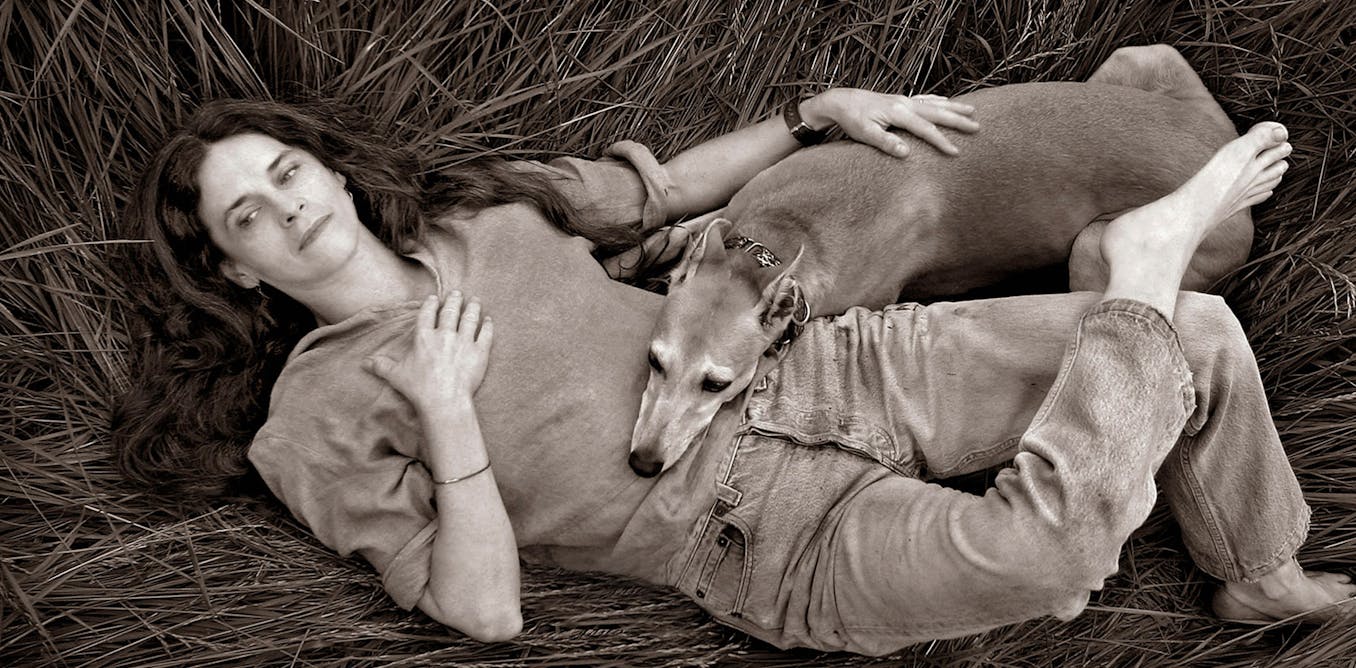Seizure of Sally Mann’s photographs in Texas revives old debates about obscenity and freedom of e...

Art Censorship and the Controversial Case of Sally Mann
The Fading of Artistic Freedom
In the heart of Texas, the walls of an art museum have become a battleground for censorship and artistic expression. Four photographs by renowned artist Sally Mann have been removed, sparking a modern-day debate that echoes the puritanical past.
Mann's evocative images, taken over three decades ago, capture the innocence and vulnerability of her children on their family farm in Virginia. However, these works, celebrated for their poignant beauty, have attracted the ire of evangelical activists who deem them "child pornography."
The Shadows of Comstock
The echoes of Anthony Comstock, the infamous Victorian-era censor, linger in this contemporary controversy. Like Comstock, who wielded the law to suppress obscenity in the guise of protecting morality, modern-day activists seek to impose their narrow view of art through legal threats.
Comstock's crusade was empowered by evangelical Christians who saw obscenity as a threat to their sacred values. Similarly, in Fort Worth, the opposition to Mann's photographs stems from conservative organizations seeking to enforce an "evangelical aesthetic" that aligns with their religious beliefs.
The Artist's Perspective
"I see it as a misogyny problem," Mann told The New York Times. "It's obvious to me that these are photographs of a beloved daughter."
Mann's perspective echoes the Supreme Court's landmark 1973 Miller test for obscenity, which established that works with "serious literary, artistic, political, or scientific value" are protected under the First Amendment.
Curatorial Responsibilities
Despite legal protections, curators grapple with balancing artistic expression with potential sensitivities. In the case of Mann's exhibition, they provided content warnings and context to facilitate informed engagement.
"When content is removed from its original context, it can be misinterpreted and used to support harmful agendas," said one curator.
The Chilling Effect of Censorship
While a criminal prosecution of Mann is unlikely, the damage has already been done. The threat of legal action exerts a chilling effect on artistic expression and undermines the principle of artistic freedom.
A Call to Action
This case serves as a reminder that the battle for artistic expression is not over. As in Comstock's era, advocates of free speech must stand up to those who seek to suppress it.
"It's not about the photographs," said one arts advocate. "It's about the principle of whether art is allowed to exist or if it's subject to the whims of religious vigilantes."